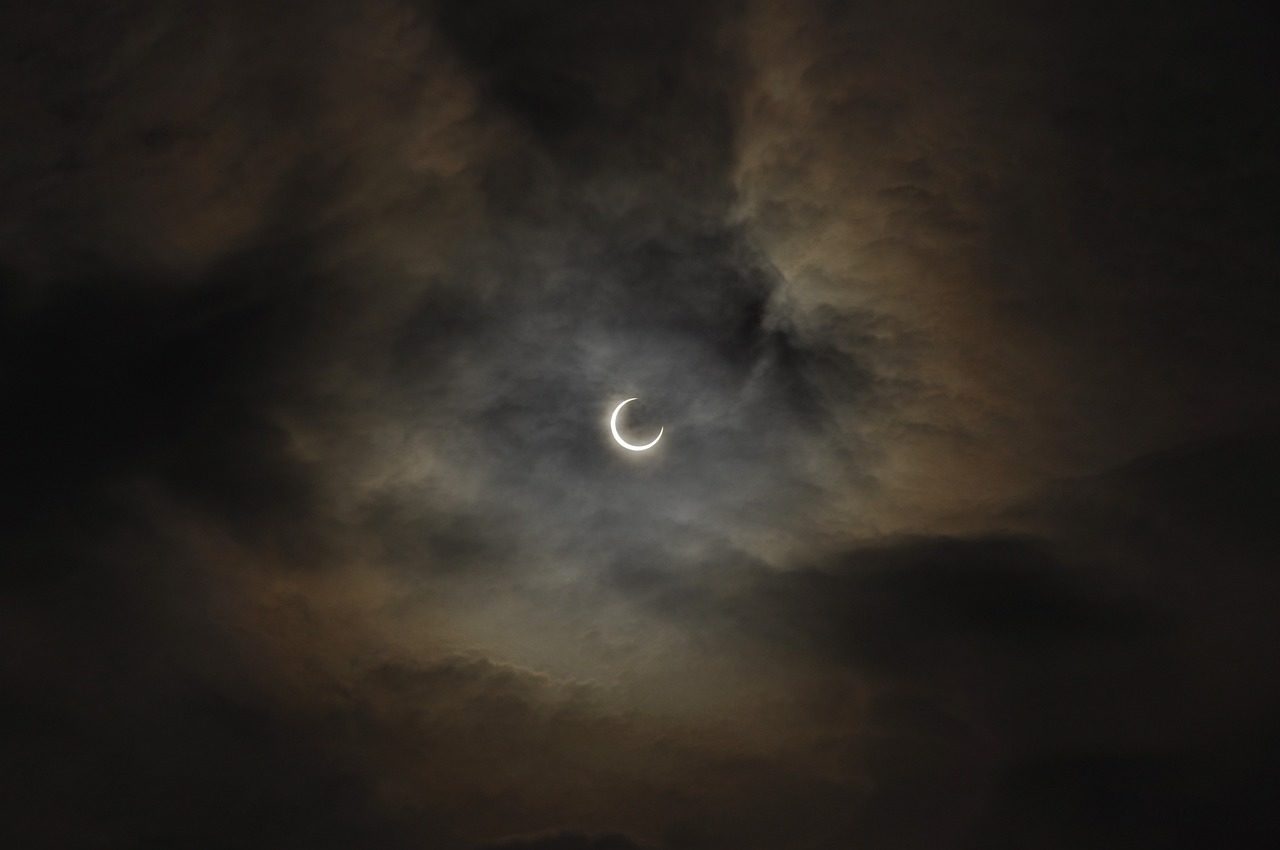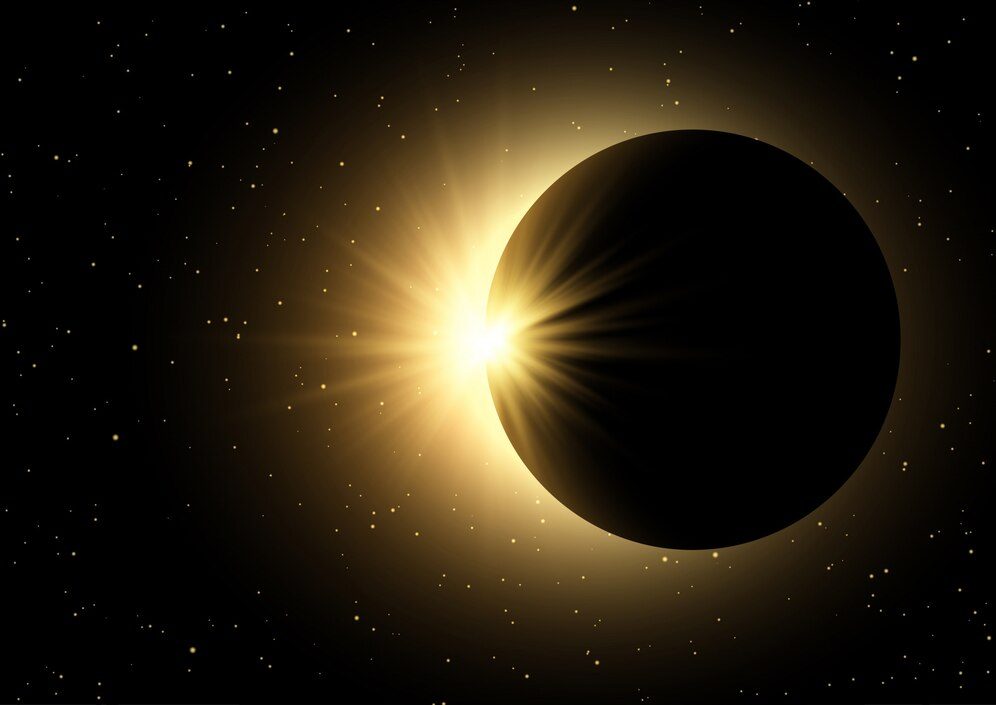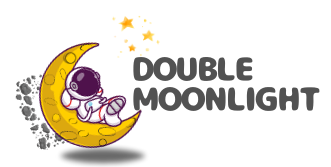The History of Total Solar Eclipses: A Celestial Spectacle Through Time
A total solar eclipse is one of the most awe-inspiring natural phenomena the human eye can behold. It’s a celestial ballet where our star, the Sun, and our satellite, the Moon, dance in perfect alignment, cloaking daylight in an ethereal curtain of shadow. The ephemeral blackout has captivated cultures, advanced science, and drawn explorers to the farthest corners of the globe. In this comprehensive look at the history of total solar eclipses, we’ll explore the earliest recorded sightings, the profound scientific impact, the thrill of eclipse chasing, and how you can witness one of nature’s grandest shows safely.
Introduction: The Dance of Celestial Giants
When the Moon passes between the Earth and the Sun, it can block out the Sun’s light, casting a shadow on Earth’s surface and turning the day into an eerie twilight. This exact alignment is known as a total solar eclipse, and its implications stretch far beyond the terrestrial awe it inspires. For ancient civilizations, a sudden day-to-night transformation was often met with fear, while for modern astronomy, it’s a crucial event for studying the Sun’s corona and the behavior of light.
Understanding this dance of celestial giants is not just about scientific curiosity; it’s about exploring the tapestry of human experience, from the mythologies and rituals that eclipses have been a part of since antiquity, to the groundbreaking moments in science when these celestial events changed our understanding of the cosmos.
Ancient Observations: The Eclipse Mythology of Civilization
Total solar eclipses have been watched by human eyes for millennia, leaving traces in the myths and legends of ancient civilizations. The earliest recorded sightings date back to 2137 BC in China, and over time, many cultures developed rich mythologies to explain the phenomenon. From the dragon that swallows the Sun in Far Eastern folklore, to the Inuit belief that the Sun goddess is put in darkness, these events often held a profound cultural and religious significance.
Solar Eclipses Before History
Before written history, eclipses would have been even more perplexing, with no framework to understand their celestial mechanics. Yet, ancient people often left records of these extraordinary events on the cave walls and rock shelters, fascinated by and sometimes fearful of the temporary void that would engulf the Sun.
Cultural Interpretations and Beliefs
The disparity in reactions to eclipses is just as diverse as the cultures that observed them. The ancient Greeks, for example, valued fact over superstition and used these events to gain knowledge about the Sun’s size and distance from the Earth. Meanwhile, the Maya and other Mesoamerican civilizations connected them to prophecies, often heralding destruction or renewal.
Scientific Understanding: Sunrise of Modern Astronomy
It wasn’t until the dawn of science that we began to get explanations of what caused a solar eclipse. Early astronomers like Anaxagoras ventured to make bold claims, suggesting that the Moon was a rocky, earth-like object, and not a divine light. This scientific approach, though met with skepticism and scorn in his time, led to the sunrise of modern astronomy.

Contributions of Early Astronomers
Pioneers like Claudius Ptolemy and Nicolaus Copernicus, building on the works of others, developed models that eventually predicted eclipses with increasing precision. Their contributions to astronomy set the stage for the age of enlightenment, pushing science away from superstition and solidifying the Sun and Moon as predictable, explainable objects in the sky.

Photo by: Inference
Development of Eclipse Prediction Methods
The development of mathematical models and empirical observation allowed astronomers to predict upcoming eclipses, marking a critical turning point in scientific history. The ability to forecast an eclipse, down to the calendar date and time, enhanced the scientific community’s reputation and fueled widespread interest in the night sky among the general public.
Famous Total Solar Eclipses: History’s Astronomical Highlights
Throughout history, several total solar eclipses have marked significant moments, both in scientific discovery and human culture. These events are not just celestial curiosities, but historical milestones that bridge our understanding of the sky with our human journey on Earth.
Notable Eclipses in History

Photo by: 9GAG
The solar eclipse of May 28, 585 BC, is legendary for reportedly halting a battle between the Medes and Lydians, as both regarded the sudden darkness as an omen. Fast-forwarding to modern times, the 1919 solar eclipse provided critical evidence that light is bent by gravity, confirming Einstein’s theory of general relativity.
Impact on Society and Scientific Discoveries
Beyond ancient beliefs, the historical and societal impact of eclipses has been profound. Observing the Sun’s corona—a feat only possible during a total eclipse—has led to insights into solar physics, such as the discovery of helium, and continues to be an essential avenue for modern research.
Eclipse Chasers: In Pursuit of Total Darkness
For some, witnessing a total solar eclipse is a bucket list event. Eclipsophiles or “eclipse chasers” dedicate hours, days, and sometimes years to follow the Moon’s shadow as it moves across the Earth. The rush of totality represents for many the closest encounter with the cosmos our planet can offer.
The Fascination and Dedication of Eclipse Enthusiasts
Eclipse chasers come from all walks of life, united by their love for these celestial wonders. For them, eclipses are never just a casual glance upwards but a passionate pursuit, often combining travel with scientific documentation or artistic expression.
Traveling to Witness Total Solar Eclipses
The path of totality—the narrow strip across Earth where the eclipse is a full blackout—are destinations on eclipse chaser itineraries. The Great American Eclipse of 2017, for instance, saw millions flock to see the phenomenon, with some travelers making cross-country treks to experience a few minutes of celestial show.
Upcoming Total Solar Eclipses: Marking Your Cosmic Calendar

Earth has a long and continuing datebook with the Sun and Moon’s tango. Upcoming total solar eclipses are events that eclipse enthusiasts and the merely curious alike can look forward to, plan for, and witness with delight.
Dates and Locations of Future Eclipses
The predictability of solar and lunar eclipses allows astronomers to determine dates and locations of these events years in advance. The next notable total solar eclipse after the 2024 event will occur on August 12, 2026, with a path of totality crossing the Arctic, Greenland, Iceland, Spain, and Portugal, offering a new set of communities the chance to witness this rare astronomical event. Followed by that, a profound eclipse will cast its shadow across North America, Europe, and Asia on August 2, 2027—an eclipse that is expected to be one of the longest of the century. For stargazers and eclipse chasers, these scheduled occurrences are not just scientific phenomena, but also destinations for adventure and awe, as each one provides a unique experience defined by time and place. With the right planning, one can look forward to reserving their spot along the path of totality for an unforgettable journey.
Beyond these upcoming eclipses, there will be plenty more opportunities to witness this awe-inspiring event in the years and decades to come. However, it’s important to note that while solar eclipses are predictable, they are not permanent fixtures on our calendars. The Earth’s rotation is slowing at a rate of about 1.4 milliseconds per century, which means that the moon will eventually drift out of alignment, rendering total solar eclipses extinct on our planet in approximately 600 million years. But for now, we can continue to enjoy and learn from these celestial rendezvous, marveling at the beautiful dance between the sun, moon, and Earth that has captivated humans for centuries. So mark your calendars and prepare to be amazed by the next total solar eclipse, as we continue to explore and uncover the secrets of our vast universe. The economic opportunities may only last a brief moment in time, but the memories and lessons will truly be out of this world. So let’s embrace the wonder and excitement of total solar eclipses, as we eagerly await their next appearance on our celestial stage.
Planning for Upcoming Events
For the aspiring eclipse chaser, preparation is key. Booking accommodations early, studying the best locations for clear skies, and considering the atmosphere the local eclipse community will provide are essential steps in ensuring a memorable experience. However, for those who can’t travel, live streams and broadcasts bring totality to your screen, offering a modern compromise for witnessing a millennium-old event. If you’re planning to embark on a journey to witness the eclipse firsthand, consider taking your time to fully immerse yourself in the experience over a 3-day period. Our travel blog offers comprehensive travel plans tailored specifically for eclipse enthusiasts, providing you with everything you need to make the most of this extraordinary event. Explore our travel plans at Double Moonlight and embark on an unforgettable eclipse adventure.
Conclusion: The Ongoing Majesty of Total Solar Eclipses
Total solar eclipses are an unchanging reality in a world full of flux and unpredictability. They connect us with those who have gazed upon them in awe and with the vastness of the cosmos. These events highlight our need for both scientific understanding and the raw experience of Earth’s place in the solar system.
